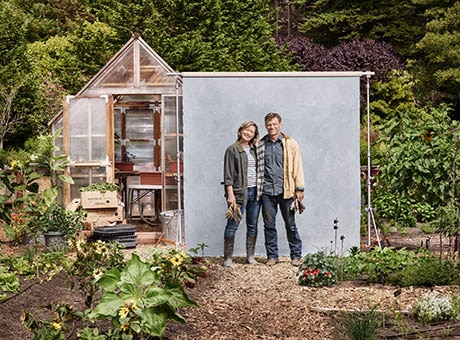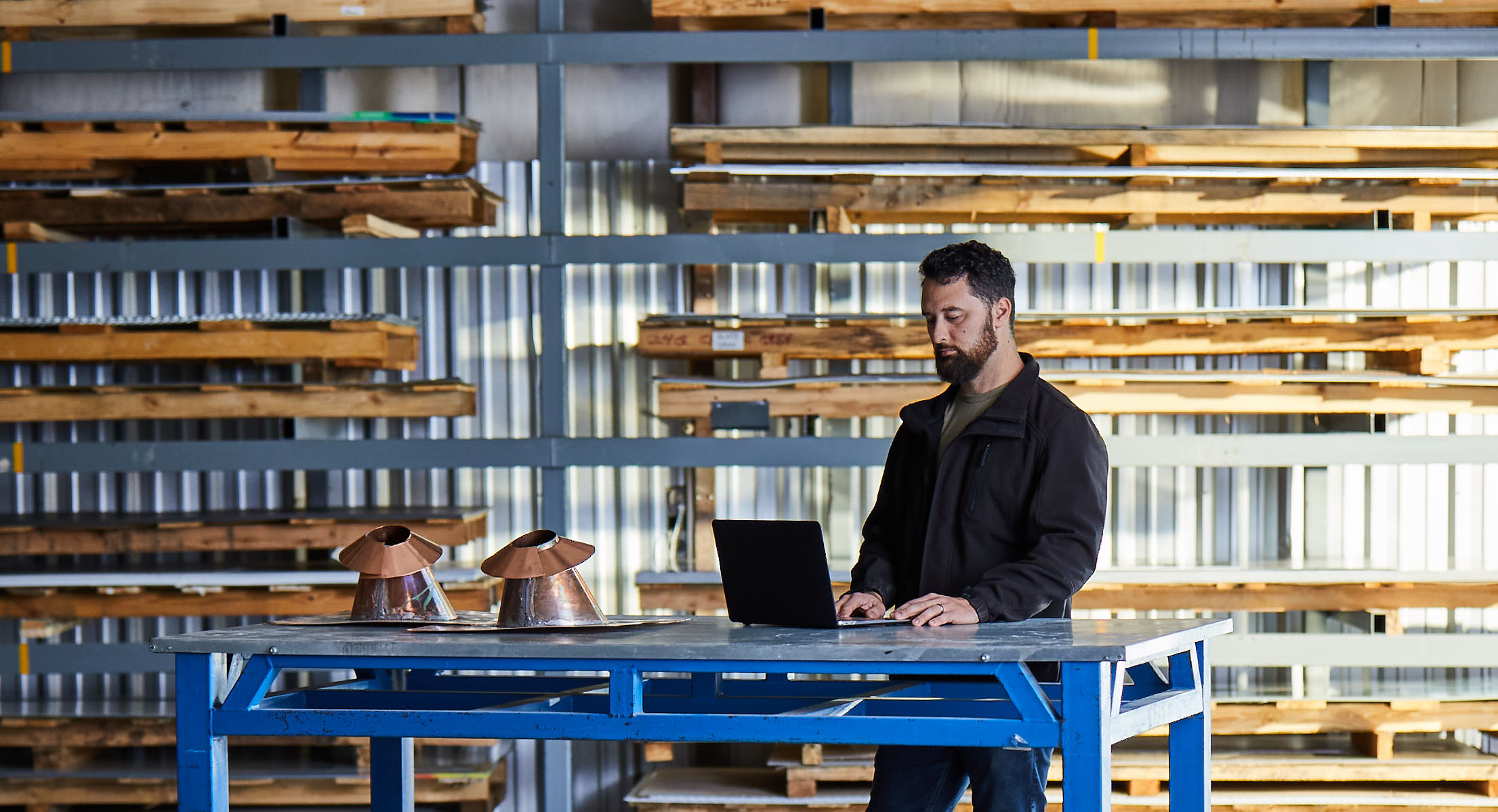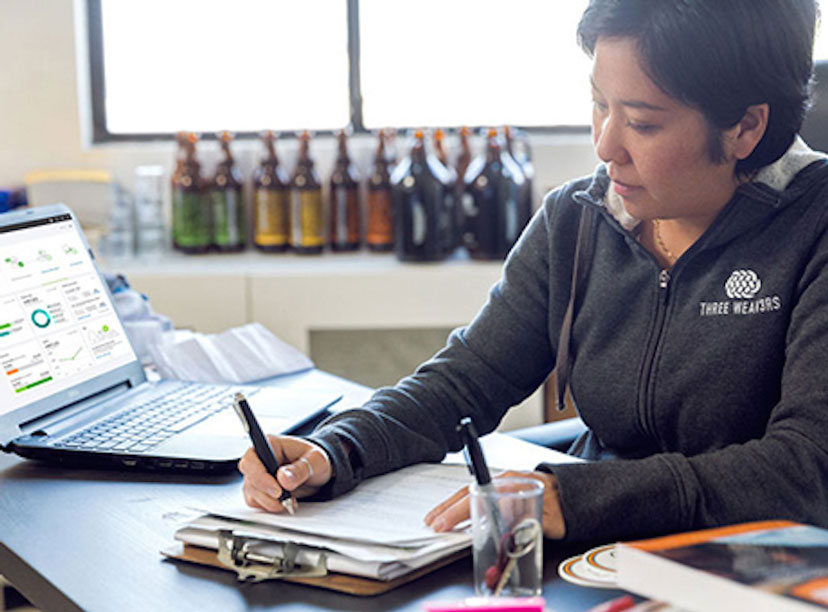A number of provinces have programs to help farmers save money on their property taxes, and if you have farming clients in New Brunswick, you may want to talk with them about the Farm Land Identification Program. If your clients qualify, they can defer provincial real property tax on their farm land and buildings, and they may also be able to defer some local property taxes.

Qualifying for Farm Land Identification Program Tax Deferrals in New Brunswick
Property Tax in New Brunswick
As of 2014, the provincial property tax rate on owner-occupied residential land in New Brunswick is zero for properties that are less than 0.5 hectares in size. For properties larger than that or are not owner-occupied, the rate is $1.3373 per $100 of valuation. For instance, if a property doesn’t qualify for the zero rate and is valued at $100,000, the provincial property tax is $1,337.30. In addition, many municipalities and rural areas add an additional
local service district tax.
For farmers with a lot of valuable land, these taxes can get extremely expensive. To reduce their tax liability, farmers may want to apply for FLIP. This program allows farmers to defer the provincial property tax rate and local rates that are above average. For instance, if a farmer is facing the above rate of $1.3373 per $100 of land value, he can defer that entire amount. Then, if the local rate is $1.00 per $100 but the provincial average is only 60 cents per $100, he can also defer the 40 cents that’s above the provincial average. Note these are only sample numbers.
FLIP Eligibility
To qualify for FLIP, the land must be actively in use or suitable for agricultural operations. As of 2018, farmers must apply for this program by Sept. 1 of the year preceding the year they want to defer their property tax. Luckily, the application form is relatively short and straightforward.
Farmers need to provide basic contact details as well as information about the size of their property and the portion of wooded and cleared land. Then, they must provide a brief description of all their outbuildings and their purposes. For example, if a farmer has a greenhouse, a maple sugar shack, a milking room, a silo, or any other buildings, he must note the size, the year built, and the parcel identification number corresponding to the location of the building.
Early Withdrawal Penalties
This program is designed to help people who are committed to the farming lifestyle, and as a result, if an applicant withdraws from the program without completing at least 15 years, he has to repay all the deferred property tax plus interest. As of 2007, the total amount of interest must be less than 50 percent of the total deferred tax.
To illustrate, imagine a farmer was in the program for five years and saved $10,000 on property tax but decided to stop farming and turn the land into an amusement park. At this point, he withdrew from the program and owed the $10,000 in deferred tax as well as any applicable interest. However, the interest cannot exceed $5,000. That’s 50 percent of $10,000.
FLIP is just one of the many programs designed to help farmers save money on taxes and offset their bills in general. If your clients don’t qualify or if they are not interested in this program, you may want to help them find other tax credits or explore other funding opportunities designed for farmers.


